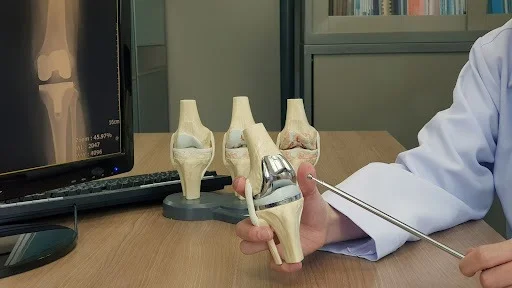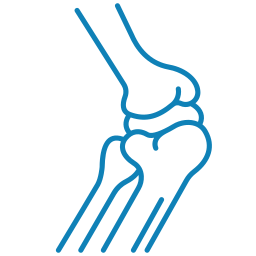What Is Robotic Joint Resurfacing Surgery?
Robotic joint resurfacing surgery is a minimally invasive procedure designed to treat damaged joints, particularly in the hip and knee, by replacing only the joint surface with a prosthetic implant. Unlike traditional joint replacement, which involves removing the entire joint, resurfacing preserves a significant amount of the healthy bone and surrounding tissue. The procedure is assisted by robotic technology, which enhances surgical precision and allows for a more customized approach to each patient’s unique anatomy. This technique is often used for patients with early to moderate arthritis or joint degeneration, aiming to relieve pain, restore function, and maintain natural bone structure.

How Does Robotic Joint Resurfacing Surgery Work?

Preoperative Imaging and Planning
Detailed imaging, such as MRI or CT scans, is performed to create a 3D model of the affected joint.

Surgical Procedure
During the surgery, the patient is placed under anesthesia, and the surgeon makes a small incision near the joint.

Implant Placement
Once the damaged tissue is removed, the robotic system guides the surgeon in positioning the prosthetic resurfacing implant with high precision.








